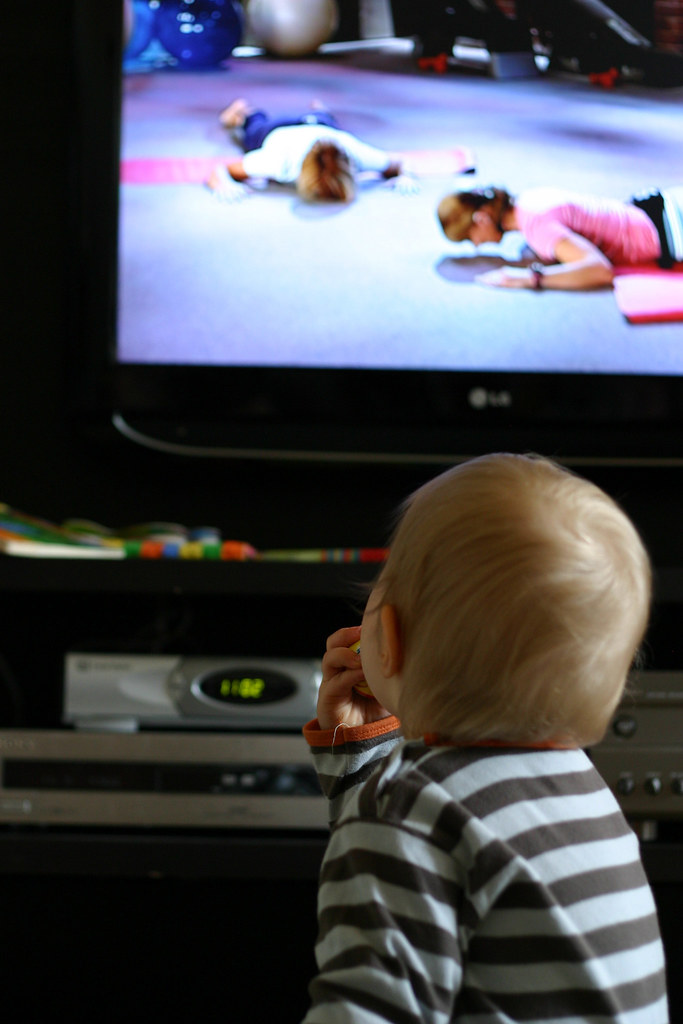
The award-winning French film “Cuties”—which premiered at the Sundance Film Festival in January, and was released internationally on Netflix in September—follows 11-year-old Amy (played by 14-year-old Fathia Youssouf) growing up in a poor suburb of Paris with her conservative Muslim family.
The film has landed squarely in the middle of a culture war within the U.S. Some claim the film qualifies as child exploitation—amplified by supporters of a QAnon-related conspiracy theory claiming top Democrats and celebrities are part of a worldwide child trafficking ring. Others defend the film as a nuanced coming-of-age story about the challenges of being a young girl—especially a young Black girl.
Maimouna Doucouré, the film’s director, has explained her intentions behind the film:
“I saw that some very young girls were followed by 400,000 people on social media and I tried to understand why. There were no particular reasons, besides the fact that they had posted sexy or at least revealing pictures: that is what had brought them this ‘fame.’ Today, the sexier and the more objectified a woman is, the more value she has in the eyes of social media. And when you’re 11, you don’t really understand all these mechanisms, but you tend to mimic, to do the same thing as others in order to get a similar result. I think it is urgent that we talk about it, that a debate be had on the subject.”
Of course, Hollywood’s sexualization of young women is not new, and the dangerous impacts of this media sexualization are well-documented.
This data has been confirmed through a new report by the Council on Contemporary Families (CCF) which shows that—despite the strides toward gender equality made in the past 30 years—children are still internalizing the the importance of ‘looking sexy’ from the mass media. And this is undercutting their self-confidence.
Authored by University of Kentucky psychologist Christina Sears Brown, Ph.D, the report details how girls and young women are receiving two messages from media simultaneously:
- a “girl power” message, encouraging them to “to think they can excel in all sorts of activities formerly confined to men” like sports, law, and science.
- a “be sexy message,” bombarding girls and young women to “seek approval by the way they dress and look rather than by their abilities and talents.”
And unfortunately, that second message is coming through louder and clearer than the first.
The CCF report reads:
“Beginning in early childhood, girls and women are bombarded with the message that the best way to have value and achieve high status is to be sexy. This message, which sometimes masquerades as a form of empowerment, perpetuates stereotypes that may prove just as difficult to overturn as those of the ‘feminine mystique.’
“Even before the end of elementary school, girls come to equate looking sexualized as a marker of popularity and status. Girls, especially prior to puberty, aspire to look sexualized before they have any understanding of sexuality or sexual behavior, and before they see it as a way to attract the attention of boys. Instead they are reflecting what the media has told them their most successful peers are like and who they are most likely to hang out with.”
In light of the pandemic, where experts say children are already consuming more social and entertainment media than usual (even outnumbering real-life interactions with peers), media messaging and sexism takes on a particularly salient role.
The internalization of this message starts early, as female characters are still drastically underrepresented in the most popular television programs aimed at children: According to research conducted by the CCF, only 38 percent of the characters were female among 10 of the most popular TV shows for white and Latina elementary school-aged girls.
But, most disturbingly, even these female characters were often sexualized: The researchers found 75 percent of the time, these female characters were “presented in sexually objectifying ways”—such as wearing revealing clothing, making comments about their bodies, and flirting with male characters.
The CCF’s research showed another staggering revelation: The research participants—some as young as five years old—said women who wear sexualized clothing “aren’t very smart” or that they just “act dumb.” Despite ascribing girls who dress in a sexual manner as lacking other positive attributes, a large portion of the group still stated they “aspire to look like [that].”
This problem is not limited to how girls perceive themselves, but how they perceive and act towards others. According to the CCF, elementary school-aged children subject to media depicting sexualized women start to view such women as less deserving of aid or assistance when in they’re danger, compared to women who are not sexualized.
All this evidence reflects how our own stereotypes are ingrained into children’s minds—and that we devote more attention to the cultural and social messages that are significant to us. As a result, girls are paying very close attention to what’s valued in women and girls.
Despite a shift towards feel-good rhetoric and “girl power,” the social message girls continue to get is that sex appeal is valued above all else.
The CCF plainly concludes with the reason these issues remain so important:
“As long as this is the standard girls learn from the mass media, full equality will be unattainable.”
Read the entire report—Media Messages to Young Girls: Does “Sexy Girl” Trump “Girl Power”?—here.
You may also like:






